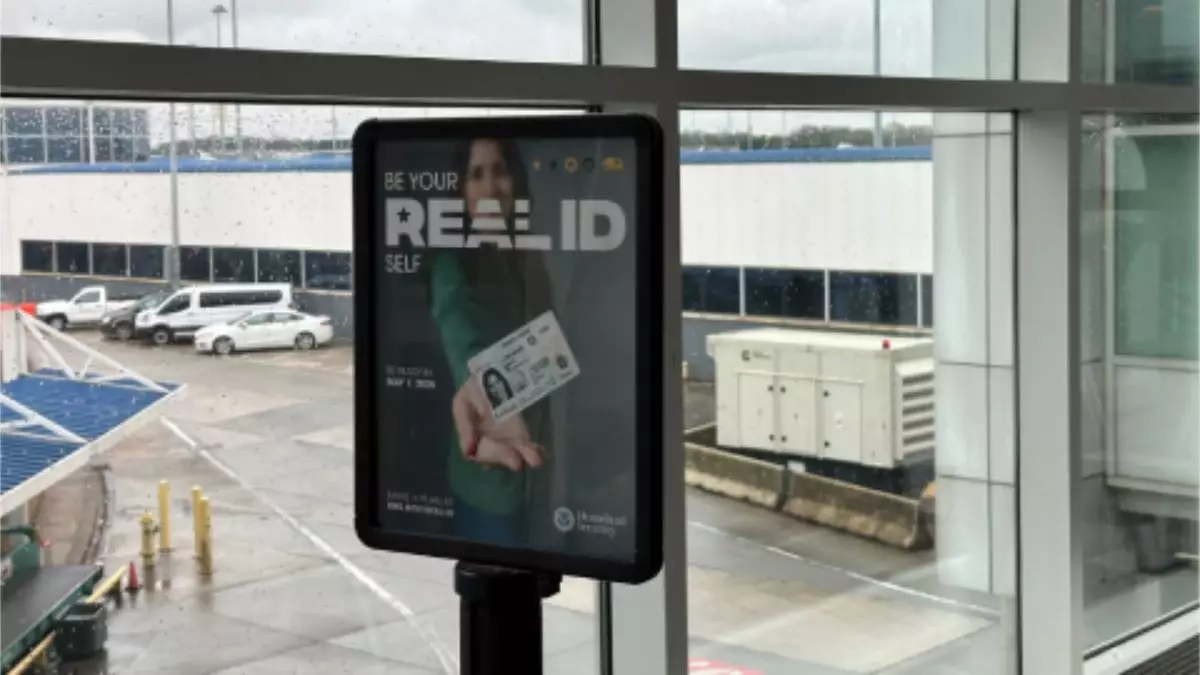The Real ID Act emerged in 2005 as a response to national security concerns following the 9/11 terrorist attacks. It aimed to establish minimum security standards for state-issued driver’s licenses and identification cards in the United States. With an initial implementation deadline set for 2023, the program has faced multiple delays, underscoring the complexities of policy execution in a federal system where states have varying levels of compliance and readiness. As travelers prepare for upcoming changes in identification requirements, the latest announcement from the Transportation Security Administration (TSA) adds another layer of uncertainty.
On Thursday, the TSA unveiled a proposed rule that suggests an expansion of the existing Real ID timeline, pushing full enforcement back to May 5, 2027. This tentative decision aims to provide agencies some leeway to begin implementing the regulations but leaves travelers in limbo regarding their identification status. Beginning May 7, 2025, only Real ID-compliant IDs will be accepted at federal facilities, including airports, raising questions about the impact on passengers who may not have the appropriate identification. The phasing in of regulations could create a situation where travelers face inconsistent enforcement, potentially leading to chaos at security checkpoints.
Reactions from Stakeholders
The proposed flexibility has prompted a mixed reaction. While it allows federal agencies to gradually approach compliance and could prevent a sudden influx of travelers being turned away, it raises concerns about the clarity and consistency of ID requirements. TSA Administrator David Pekoske emphasized that this strategy aims to minimize disruption for travelers and stakeholders in the airline industry. However, it poses a risk of creating confusion among the public, especially for frequent flyers who rely on predictable identification standards when navigating airport security.
For travelers, the key takeaway is the necessity of preparation. With the May 7, 2025, deadline looming, passengers should consider obtaining a Real ID or another acceptable form of identification well in advance. While TSA may implement a phased approach to compliance, travelers could still encounter delays at airport security checkpoints if they do not possess valid identification. The cry for compliance echoes throughout the travel sector, reinforcing the importance of proactive measures to avoid last-minute complications.
The Road Ahead
As the TSA engages with the public and state licensing authorities to facilitate a smooth transition, the journey towards full Real ID implementation remains fraught with challenges. Stakeholders must navigate not only logistical concerns but also the wider implications of security in a post-9/11 world. With the proposed adjustments in enforcement, travel in America could see a ripple effect that extends beyond mere identification, affecting the very fabric of how society views security and accessibility in air travel. The Real ID program represents more than just bureaucratic adjustment; it is a complex interplay of security priorities and public accessibility, requiring careful thought and robust communication as deadlines approach.

